What is an Enlarged Vestibular Aqueduct (EVA)?
The vestibular aqueduct is a bony canal that begins inside the temporal bone and travels
within the inner ear to deep inside the skull
Running through the aqueduct is a fluid-filled tube called the endolymphatic duct, which
connects the inner ear to the endolymphatic sac
The role of these two structures is to maintain a normal ion concentration
Some believe that the vestibular aqueduct is mature at birth, while others believe it
continues to grow postnatally until about age 3-4
A vestibular aqueduct is considered enlarged if it is greater than 1-1.5mm. Usually, when the
aqueduct is enlarged, the endolymphatic duct and sac are large too. This causes the regulation of
cochlear fluid and ion concentration to be disrupted
EVA & HEARING LOSS
EVA can occur in isolation, but also can co-occur with congenital disorders such as
Pendred syndrome, CHARGE syndrome and Branchiootorenal syndrome
EVA can lead to both hearing loss (most likely sensorineural) and balance issues
It can be identified with a CI Scan or an MRI
There is no “cure” for EVA, but hearing aids are most commonly used to manage hearing
loss associated with it
Vestibular therapy can be beneficial to those who have balance problems due to EVA
EVA & CONTACT SPORTS
Those with EVA may be at risk for progressive hearing loss, in which the hearing can
gradually or rapidly decrease or fluctuate over time
Head injury or barotrauma increase the likelihood of progressive hearing loss
People with EVA are *strongly advised* to avoid contact sports such as football and
soccer, as well as wear helmets when engaging in activities that put them at risk for head
injury
Contact us for more information on EVA!
